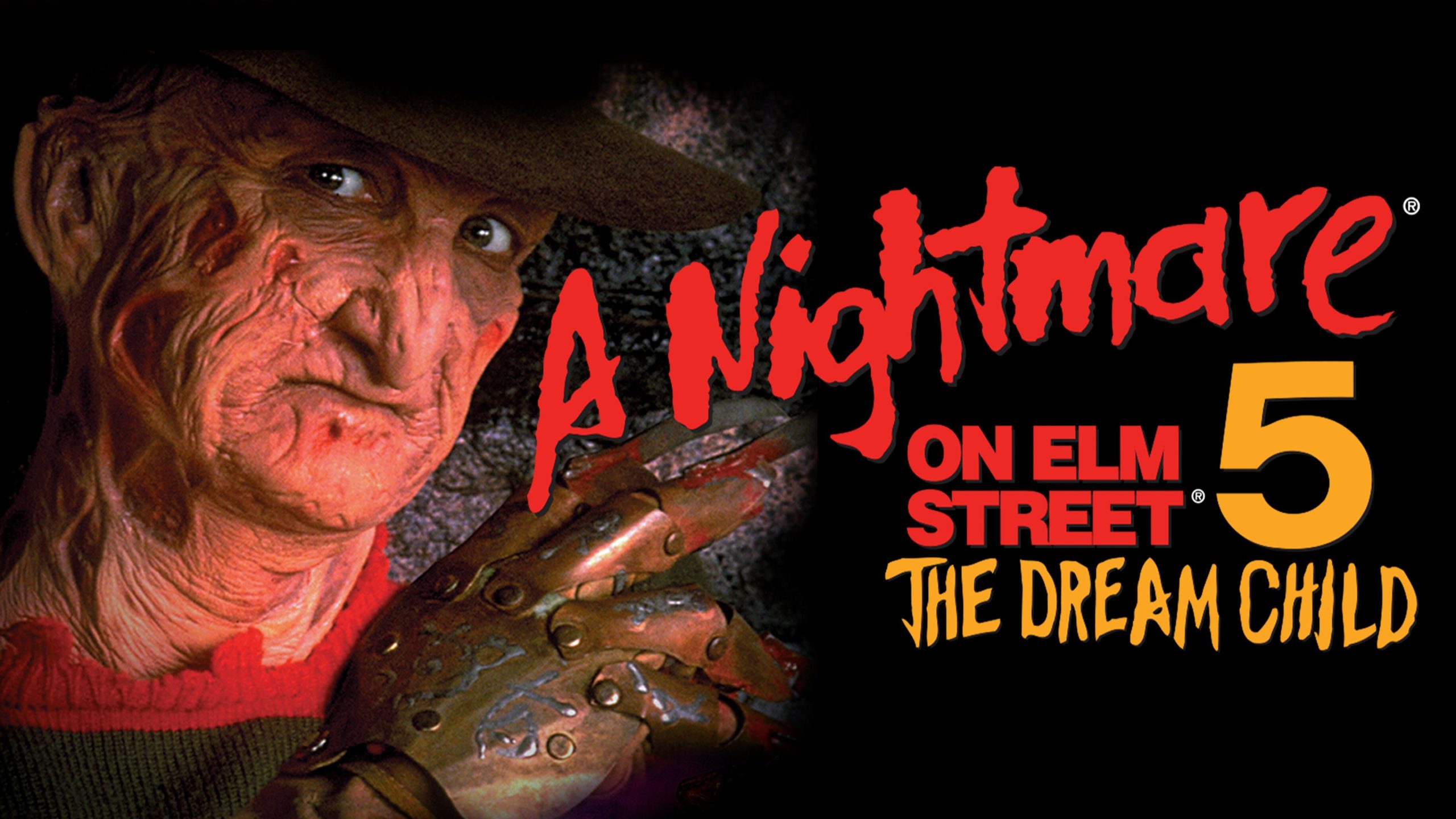A Nightmare on Elm Street 5: The Dream Child

“A Nightmare on Elm Street 5: The Dream Child,” released in 1989 and directed by Stephen Hopkins, is the fifth installment in the iconic slasher franchise. Continuing the terrifying saga of Freddy Krueger, portrayed by Robert Englund, this film delves into the complex themes of fear, legacy, and the power of dreams. Starring Lisa Wilcox as Alice Johnson, the film combines horror with psychological depth, exploring the consequences of past actions on future generations.
The narrative picks up where “A Nightmare on Elm Street 4: The Dream Master” left off. Alice Johnson, having survived the previous encounters with Freddy, is now a college student who believes she has escaped the nightmare of her childhood. However, she soon discovers that Freddy’s malevolence is far from over. The film’s central premise revolves around the idea that Freddy is using Alice’s unborn child, Jacob, as a conduit to continue his reign of terror. This chilling twist adds a layer of complexity to the story, as Alice must confront not only her own fears but also the legacy of evil that Freddy represents.
From the outset, “The Dream Child” establishes a dark and foreboding atmosphere. The film’s cinematography and special effects create a surreal dreamscape that blurs the line between reality and nightmare. Stephen Hopkins effectively uses lighting and shadow to enhance the sense of dread, immersing the audience in a world where the familiar becomes frighteningly unfamiliar. The dream sequences are particularly notable, showcasing innovative visual effects that capture the fluidity of the dream world while heightening the tension of each encounter with Freddy.
One of the film’s strengths lies in its character development, particularly that of Alice. Lisa Wilcox delivers a compelling performance, portraying Alice’s transformation from a vulnerable survivor to a determined protector. Her maternal instincts kick in as she realizes the threat posed by Freddy to her unborn child, leading her to confront her fears head-on. This journey resonates on multiple levels, illustrating the themes of motherhood, sacrifice, and the struggle against a seemingly insurmountable evil.
Freddy Krueger, as always, is the film’s primary antagonist, and Robert Englund brings a charismatic yet terrifying presence to the role. In “The Dream Child,” Freddy is not merely a killer; he embodies the manifestation of fear and trauma. His taunts and twisted sense of humor serve to amplify the horror, while his ability to invade dreams creates a sense of vulnerability that permeates the narrative. The film explores Freddy’s origin further, shedding light on his own troubled past and hinting at the generational cycle of violence that continues through his interactions with Alice and her child.

The supporting cast also contributes significantly to the film’s impact. Characters like Dan (Danny Hassel) and Yvonne (Kelly Jo Minter) provide a sense of camaraderie and support for Alice as she navigates the horrors of her dreams. Each character brings their own fears and struggles to the narrative, enriching the story with diverse perspectives on the theme of confronting nightmares. Their interactions with Alice deepen the emotional stakes, emphasizing the importance of friendship and loyalty in the face of adversity.

The film does not shy away from the psychological implications of its horror elements. The concept of dreams as a battleground for personal fears resonates throughout the film. Each character faces their own unique nightmares, forcing them to confront their past traumas. This exploration of the mind adds a layer of depth to the horror, as viewers are invited to consider the impact of unresolved issues and the influence of past traumas on present actions.
Musically, the film’s score complements the haunting visuals, heightening the sense of tension and unease. Composer Jay Ferguson crafts a soundscape that mirrors the film’s emotional highs and lows, effectively immersing the audience in the narrative. The combination of chilling melodies and jarring sound effects enhances the overall experience, making the moments of horror even more impactful.

In terms of legacy, “A Nightmare on Elm Street 5: The Dream Child” contributes to the broader narrative of the franchise while also establishing its unique identity. It explores the cyclical nature of fear and the ways in which it can be passed down through generations. The film poses the question of whether one can truly escape the shadows of the past or if they are destined to repeat the mistakes of their predecessors.

In conclusion, “A Nightmare on Elm Street 5: The Dream Child” is a multifaceted horror film that skillfully intertwines themes of fear, legacy, and the power of dreams. Directed by Stephen Hopkins and featuring strong performances from Lisa Wilcox and Robert Englund, the film expands on the mythos of Freddy Krueger while delving into the psychological complexities of its characters. With its innovative visuals, compelling narrative, and exploration of deep-seated fears, “The Dream Child” stands as a noteworthy entry in the iconic franchise, inviting viewers to reflect on the nature of nightmares and the enduring impact of trauma. As it challenges the boundaries of reality and dreams, the film leaves a lasting impression, solidifying its place in the annals of horror cinema.
Suggested videos for you:
THE OLD MAN SEASON 2 – Official Trailer (2024)
Suggested videos for you:
BATTLEFIELD: Fall Of The World
Suggested videos for you:











